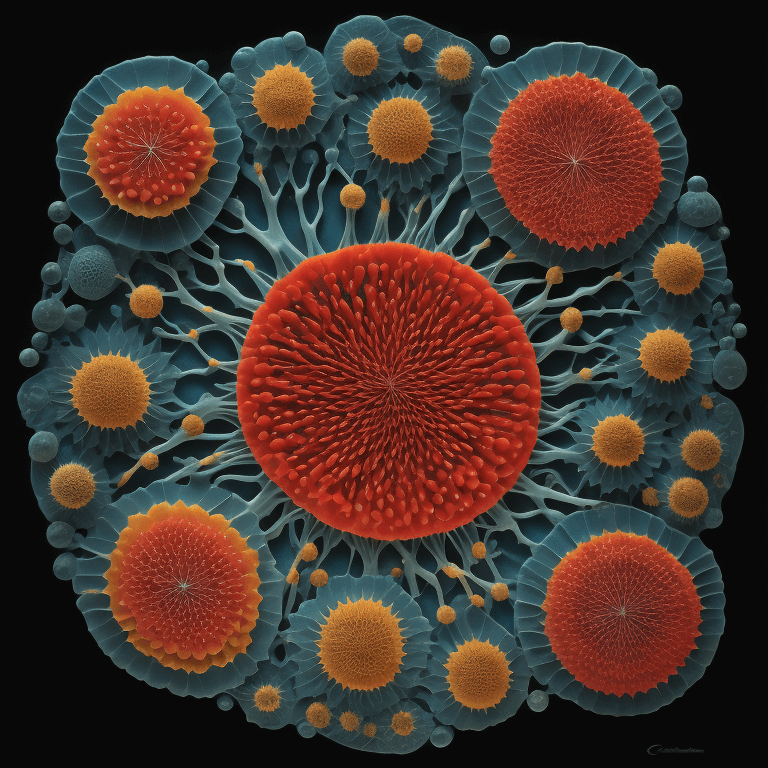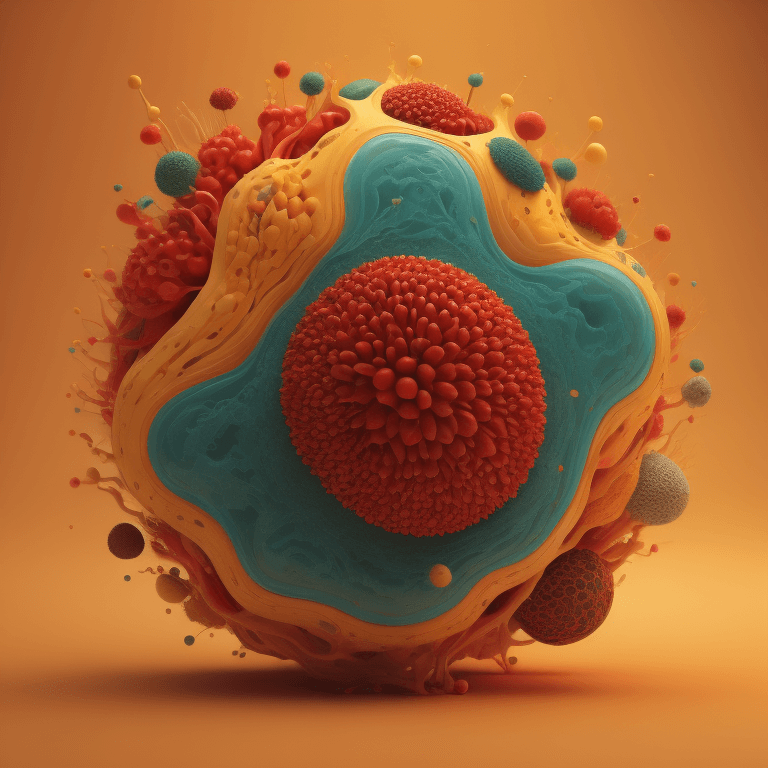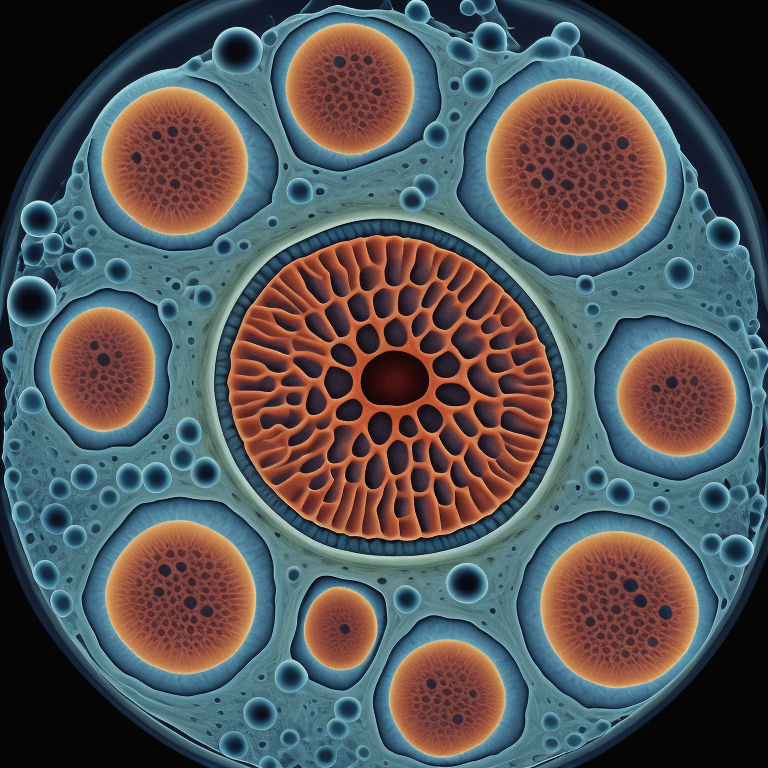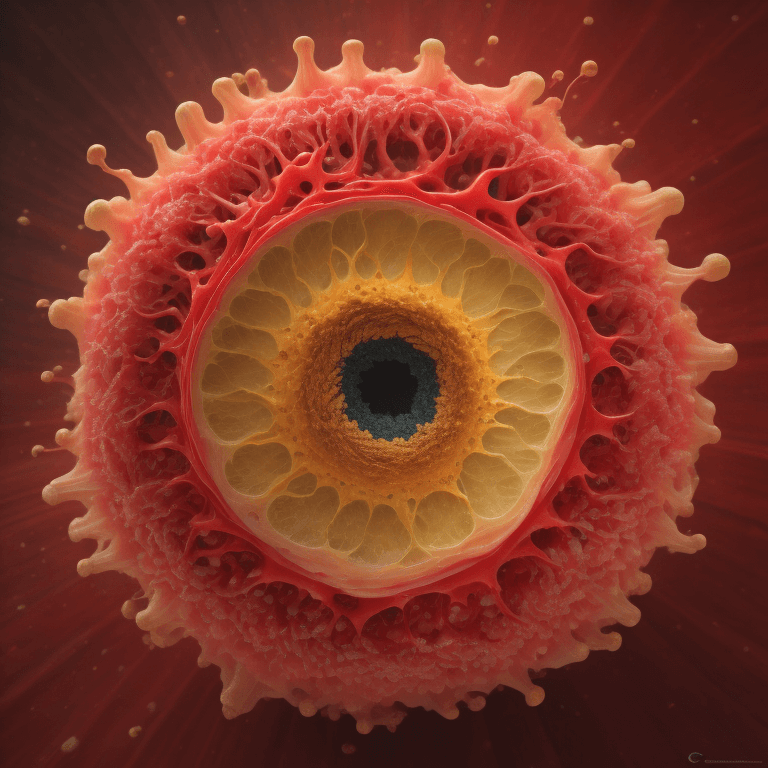Cytoplasm Vs Cytosol
The cytoplasm and cytosol are two components of the cell that are closely related but have some key differences:

Cytoplasm
- All the material within the cell membrane, including cytosol and organelles.
- The entire contents of the cell except for the nucleus.
- Contains cytoskeletons, vesicles, inclusions, etc along with cytosol.
Cytosol
- The aqueous gel-like component of the cytoplasm.
- Consists of a solution of salts, proteins, sugars and other molecules.
- Provides a viscous medium for organelle movement.
- Site of many cell metabolic pathways.
Cytoplasm Vs Cytosol Differences:
- Cytoplasm is the broader term referring to the entire cell contents. Cytosol is specifically the liquid portion.
- Cytosol is about 70-90% water while cytoplasm is a more heterogeneous mixture overall.
- Cytosol does not include organelles, while cytoplasm includes all organelles suspended in cytosol.
- Cytoplasm also includes solid structures like inclusions and cytoskeleton that are not dissolved in cytosol.
So in summary, the cytosol is the aqueous solution while the cytoplasm is everything inside the cell including the cytosol plus organelles and particulates.

The cytoplasm is the sticky, jelly-like substance that fills the space between a cell’s blood vessels and its outer membrane while Cytosol, on the other hand, is the clear liquid that makes up most of the volume of a cell.
In addition, important organelles like the nucleus are suspended in the cytoplasm, while cytosol contains mostly water and dissolved salts.
The cytoplasm contains all of a cell’s enzymes and proteins, while the cytosol contains only some enzymes and proteins.
The differences between cytoplasm and cytosol
Cytoplasm refers to the jelly-like substance that fills the interior of cells and provides a medium for organelles and other cellular structures.

- It consists of water, ions, and small molecules, as well as proteins and organelles such as mitochondria.
- The cytosol is the liquid component of cytoplasm, which makes up about half of its total volume.
- It consists mostly of water, but also contains dissolved ions, small molecules, and enzymes.
Cytosol plays an important role in cell metabolism, as it is where many chemical reactions take place.
The differences between cytoplasm and cytosol are largely due to their composition; cytoplasm contains a variety of cellular structures, while cytosol is mostly composed of water and small molecules.
How cytoplasm vs cytosol are related
Cytoplasm refers to the jelly-like substance that fills a cell, while the cytosol is the liquid portion of the cytoplasm.

- Cytosol makes up about 70% of the cytoplasm by volume and is made mostly of water, salts, and enzymes.
- Proteins and other organic molecules are suspended in the cytosol, and it also contains small amounts of RNA and DNA.
- The cytosol is important for a variety of cellular processes, including metabolism, cell signaling, and movement.
- Cytoplasmic streaming is a process whereby the cytosol moves within a cell, transporting organelles and other materials.
The cytoplasm is also involved in the maintenance and repair of the cell membrane and other cell structures.
In summary, cytoplasm refers to all the material inside a cell, while the cytosol is the liquid portion of that material.
The cytosol plays an important role in many cellular processes.
What do cytoplasm and cytosol do in the cell?

Cytoplasm refers to the jelly-like material that fills the space between a cell’s membrane and nucleus.
- The cytosol is the liquid component of this jelly.
- Together, cytoplasm and cytosol make up the cell’s internal environment.
- Cytoplasm provides a medium in which chemical reactions can take place and also helps to support and protect the cell’s organelles.
- The cytosol consists mostly of water but also contains dissolved proteins, ions, and other small molecules.
- It is also where most of the cell’s metabolic activity takes place.
Together, cytoplasm and cytosol play a vital role in maintaining the cell’s internal environment and enabling it to function properly.
Enzymes and proteins in the cytoplasm vs cytosol
Enzymes and proteins are two important types of molecules that are found in the cytoplasm and cytosol of cells.
- Enzymes are proteins that catalyze chemical reactions in the cell, while proteins are large molecules that perform a variety of functions.
The cytosol is the liquid portion of the cytoplasm, and it contains all of the enzymes and proteins.
The cytoplasm is the jelly-like material that fills the cell, and it contains the organelles. Both the cytoplasm and cytosol are essential for cellular function.
Importance of cytoplasm and cytosol
Cytoplasm and cytosol make up the bulk of a cell’s volume. Cytoplasm and cytosol play critical roles in cell function. They provide a medium in which chemical reactions can take place, they help to transport molecules within the cell, and they protect and support the cell’s organelles.
In addition, cytosol contains many important enzymes and proteins that are essential for cell function.
Therefore, it is clear that cytoplasm and cytosol are essential for life.
Article Sources
Jacks of Science sources the most authoritative, trustworthy, and highly recognized institutions for our article research. Learn more about our Editorial Teams process and diligence in verifying the accuracy of every article we publish.